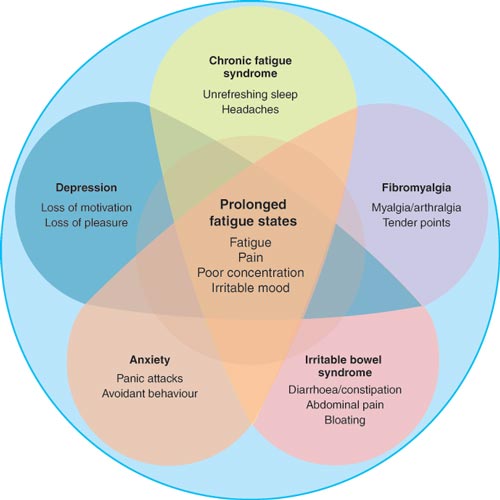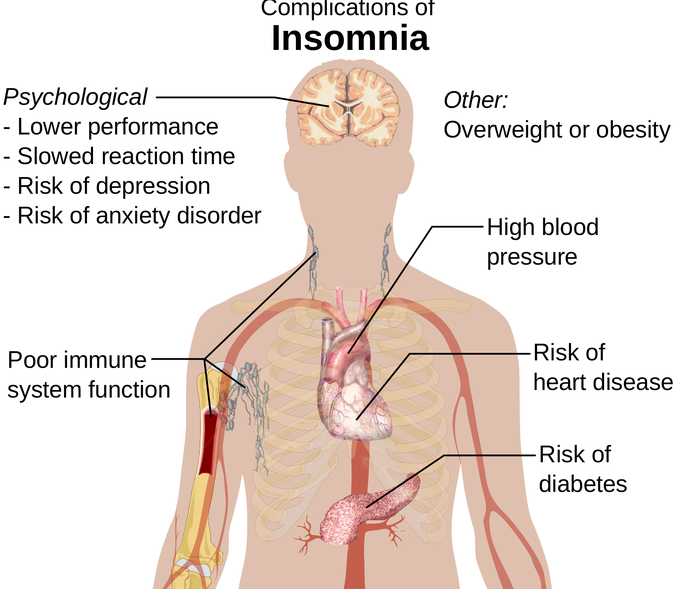Drug abuse and treatment for skin picking disorders
Drug abuse and treatment for skin picking disorders: How Drug Abuse Affects the Skin

Drug abuse and treatment for skin picking disorders. the two conditions can destroy ones life if not addressed from the beginning
With the increasing demand for beauty globally a lot is being done to improve the quality of our skin to keep looking as youthful as possible. The worry is, even as positive efforts are being done, a lot more bad things are also being done to destroy the youthfulness and beauty of your skin. Upon discovering that there is great need to tame the problem of substance abuse which has been seen to be the primary obstacle in sustaining the beauty of your skin, doctor Akoury made a decision to create a medical center (AWAREmed Health and Wellness Resource Center) whose main objective is to transform each individual’s life through increasing awareness about health and wellness and by empowering individuals to find their own inner healing power. Dr. Akoury’s practice focuses on personalized medicine through healthy lifestyle choices that deal with primary prevention and underlying causes instead of patching up symptoms. In this facility a lot is being done to restore the lost dignities, self-confidence of many people who are struggling with drug addiction. In our previous article, we noticed that skin picking disorders are some of the consequences that come with drug addiction and especially heroin addiction. Therefore in this article, we want to look at drug addiction and treatment for skin picking disorders as a way of finding lasting solutions.
Drug abuse and treatment for skin picking disorders: The skin picking disorder
The problem of skin picking disorders are becoming very common in today’s generation due to the continuous abuse of heroin. When one is suffering from this disorder, the beauty of such a person is seriously affected owing to the effects of the heroin addiction. To deal with this condition, doctor Akoury recommends that treatment must be done to the victim for both condition (heroin addiction and the infections on the skin as a result of the same). She further says that even though treatment of addiction is very difficult and full of obstacle, the good news is that with determination, this can be done conclusively. It is therefore advisable that if you are struggling with any form of addiction you can schedule for an appointment with doctor Akoury who will professionally carry out an extensive assessment on you to evaluate your psychological soundness before taking any treatment action on you. And like I had indicated before it must be noted that this substance is very addictive and a comprehensive psychiatric assessment will always be very vital. Doctor Akoury says that under normal circumstances an initial, personalized assessment should cover the following areas:
- Identification of what triggers the behavior?
- Getting to know the benefits individual is getting from the behavior
- Finding out if the individual have co-occurring mental health problems, like anxiety or depression
- Does the individual have an alcohol or drug problem?
- Does the person have a family history of mental illness?
- Has the person tried any medications or therapies in the past?
Even though a lot more still needs to be done when it comes to the treatment for this condition due to the fact that at the moment the, U.S. Food and Drug Administration have not yet approved any medications specifically for the treatment of BFRBs, there are clear evidence that several drugs have been used in the past successfully to control the impulse to pick or scratch the skin and the following are some of the medications which can be essentially helpful:
- Selective serotonin reuptake inhibitors (SSRIs), such as fluoxetine (Prozac) and escitalopram (Lexapro), have been approved for the treatment of depression and/or obsessive-compulsive disorder
- Tricyclic antidepressants, such as amitriptyline (Elavil) and imipramine (Elavil)
- Opioid antagonists, such as naltrexone (ReVia), are used to reduce the pleasurable effects of alcohol and certain narcotics
- Neuroleptic medications, such as olanzapine (Zyprexa) and risperidone (Risperdal), are used to treat repetitive, compulsive behaviors
Doctor Akoury reiterates that along with medication, behavioral modification therapies like Cognitive Behavioral Therapy (CBT) and Dialectical Behavior Therapy (DBT) can help reduce the urge to self-mutilate. These therapies have also proven to be valuable in the treatment of drug addiction.
Drug abuse and treatment for skin picking disorders: Hope for Compulsive Behaviors
Skin picking and hair pulling, like drug or alcohol abuses are not conditions to be taken lightly because the consequences of not taking immediate action can be very destructive. Because we are dealing a very delicate organ, when strong substances like heroin are a bused, the effect on the skin can be very wanting. I encourage you to take the beauty restoration of your skin seriously by scheduling for an appointment with doctor Dalal Akoury today for an elaborate treatment procedure. Dr. Akoury will be waiting for your call to help you regain the life of your skin. Remember that the main objective of doctor Akoury and her team of experts is to transform each individual’s life through increasing awareness about health and wellness and by empowering individuals to find their own inner healing power. It is very interesting to note that Dr. Akoury’s practice focuses on personalized medicine through healthy lifestyle choices that deal with primary prevention and underlying causes to ensure that your health is completely restored back to normalcy so that you can live life to the fullest.
Finally dear reader when fighting addiction, it is never a one man’s job, all of us needs to pool together to defeat this problem. On her part besides offering lasting solutions to patients, doctor Akoury is also reaching out for the professionals in this discipline of addiction through offering her exclusive NER Recovery Treatment to other physicians and health care professionals through training, clinical apprenticeships, webinars and seminars. In fact this year AWAREmed Health and Wellness Resource Center is organizing the first ever Integrative Addiction Conference 2015. The conference will be held in August 23-25 at Myrtle Beach, South Carolina and the mission of this conference is to provide prevention education, awareness, options and support to patients and physicians dealing with addiction.
It is also tailored to empower physicians to be involved in determining their personal “best answer for addiction” and promoting physician/patient awareness of a natural, yet profoundly effective, addiction treatment options that result in you “thriving while surviving” during treatment and recovery. Nonetheless the Integrative Addiction Conference 2015 will cover topics such as addiction as a holistic body ecosystem derangement, the interaction between stress, survivorship, pain and addiction, the role of hormonal imbalance in the disease of addiction, the genetic and epigenetic influences on the disease of addiction, psycho neuroendocrine immune restoration essential to reverse addiction as well as new and future therapies in the horizon for addiction treatment including stem therapy for psycho neuroendocrine immune restoration. This is a must attend conference for all professionals and you can get more information by login to www.integrativeaddiction2015.com or email sharon@integrativeaddiction2015.com.
Drug abuse and treatment for skin picking disorders: How Drug Abuse Affects the Skin










 This refers to a brief period of lack of sleep. This type of insomnia is mostly caused by life events and circumstances for example when you go to bed after receiving a stressful news or an unexcpected news that is too overwhelming. Acute insomnia will affect you for the least time and resolves without any medical intervention.
This refers to a brief period of lack of sleep. This type of insomnia is mostly caused by life events and circumstances for example when you go to bed after receiving a stressful news or an unexcpected news that is too overwhelming. Acute insomnia will affect you for the least time and resolves without any medical intervention.





 People addicted to alcohol and other substances may have certain behavioral changes that are not healthy for them and even for the people they live amongst. This therefore means that specific actions should be taken to offer them assistance as they fight addiction to be able to quite these unhealthy cognitive behaviors. Most people addicted to alcoholism and other substances of abuse will experience dysfunctional emotions, maladaptive behaviors and
People addicted to alcohol and other substances may have certain behavioral changes that are not healthy for them and even for the people they live amongst. This therefore means that specific actions should be taken to offer them assistance as they fight addiction to be able to quite these unhealthy cognitive behaviors. Most people addicted to alcoholism and other substances of abuse will experience dysfunctional emotions, maladaptive behaviors and  In case of and heroin overdose, the respiratory and central nervous systems are depressed to life-threatening levels and the addict may stop breathing. When this happens is no action is taken the patient may die. So when the person is treated with naloxone the drug will block the heroine receptors hence making it impossible for it to bind on the receptors that are located in the brain and spinal cord.
In case of and heroin overdose, the respiratory and central nervous systems are depressed to life-threatening levels and the addict may stop breathing. When this happens is no action is taken the patient may die. So when the person is treated with naloxone the drug will block the heroine receptors hence making it impossible for it to bind on the receptors that are located in the brain and spinal cord.













